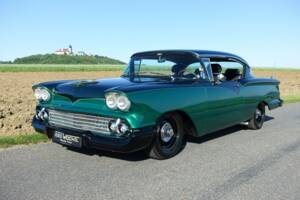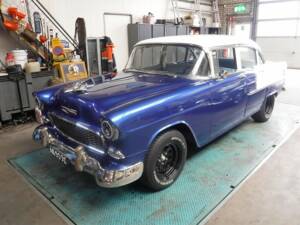Chevrolet Bel Air Classic Cars for Sale
The Chevrolet Bel Air is synonymous with American car culture: striking fins, heavy chrome, and bold two-tone paint define this full-size classic that set design standards in the 1950s and 1960s. Especially the coveted 'Tri-Five' models (1955–1957) offer a wide range of body styles and powerful V8 options, making them a centrepiece for collectors and enthusiasts alike.
Search results
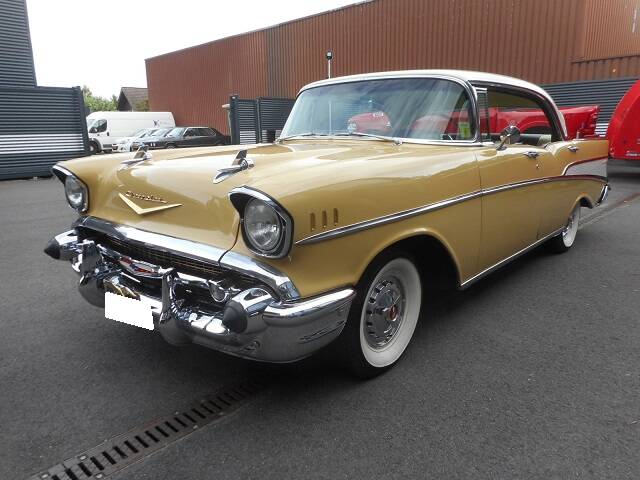
1957 | Chevrolet Bel Air Hardtop Coupe
CHEVROLET BEL AIR 4 DOOR HARDTOP!
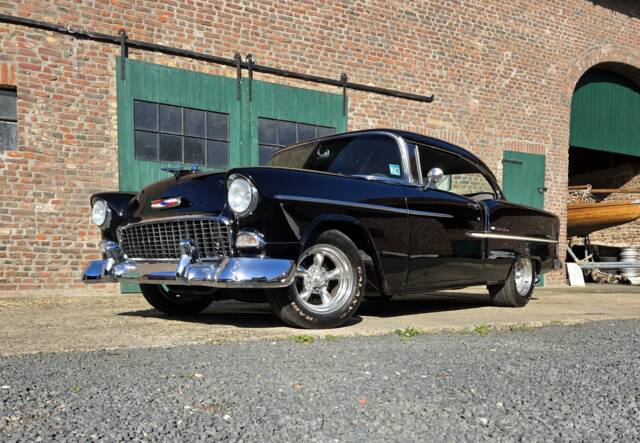
1955 | Chevrolet Bel Air Hardtop Coupe
Hardtop Coupe 383 V8 Custom Street Rod

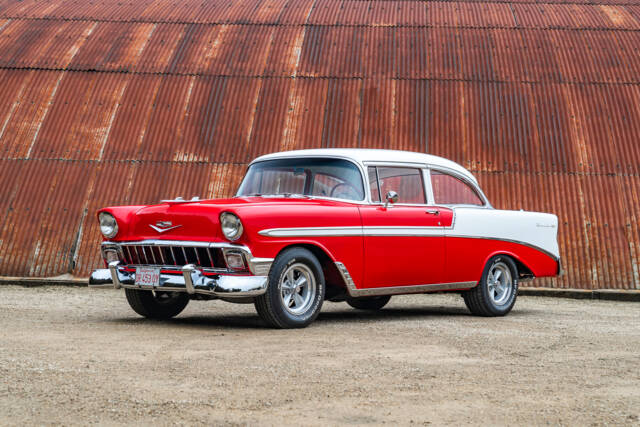
1956 | Chevrolet Bel Air Hardtop Coupe
1956 Chevrolet Bel Air
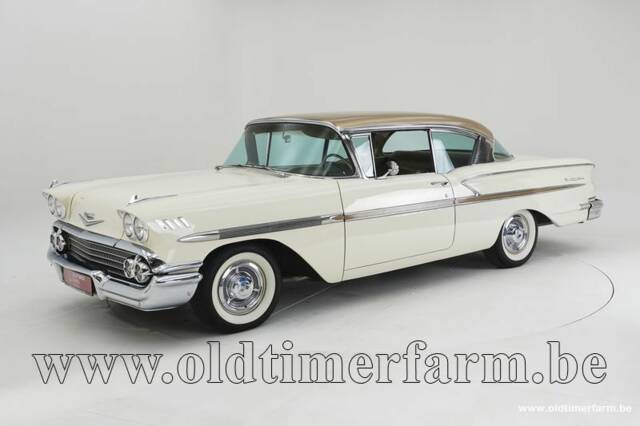
1958 | Chevrolet Bel Air Hardtop Coupe
1958 Chevrolet Bel air V8 Hardtop Coupé '58

1955 | Chevrolet Bel Air
Chevrolet-Bel Air Sedan
Chevrolet Bel Air listing references from Classic Trader
Below you will find listings related to your search that are no longer available on Classic Trader. Use this information to gain insight into availability, value trends, and current pricing for a "Chevrolet Bel Air" to make a more informed purchasing decision.
1956 | Chevrolet Bel Air Convertible
GM France-Erstzulassung; Oldtimer-Gutachten

1958 | Chevrolet Bel Air Hardtop Coupe
1958 Chevrolet Bel air V8 Hardtop Coupé '58

1954 | Chevrolet Bel Air Coupe
1954 Chevrolet Bel Air '54
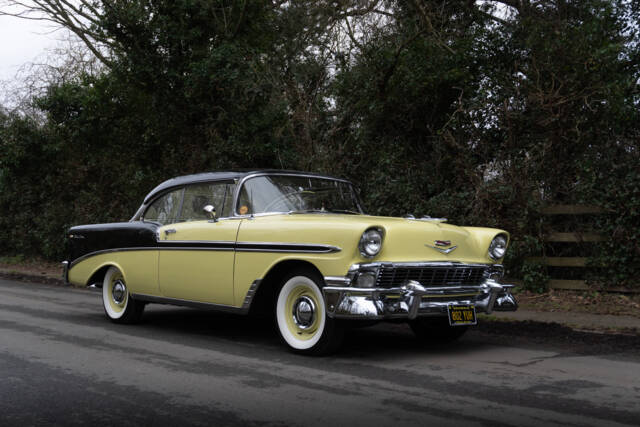
1956 | Chevrolet Bel Air Hardtop Coupe
1956 Chevrolet Bel Air
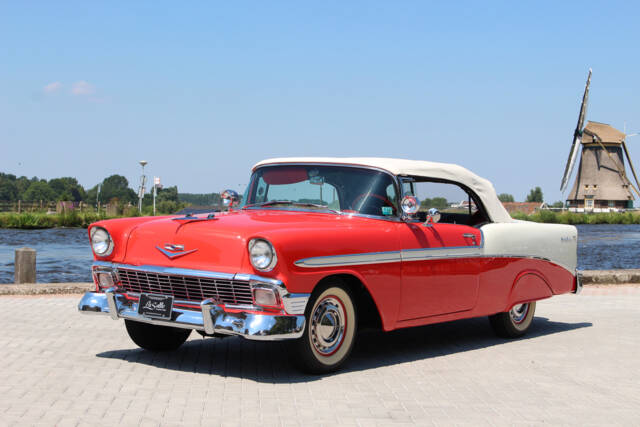
1956 | Chevrolet Bel Air Convertible
Excellent restored condition, highly optioned Bel Air Convertible!
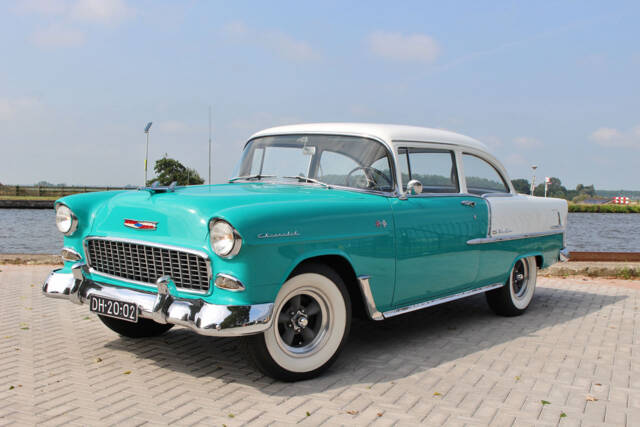
1955 | Chevrolet Bel Air
2dr Sedan, Restomod, 350 Cu.i. Corvette V8, Hurst floor shifter 4-speed manual
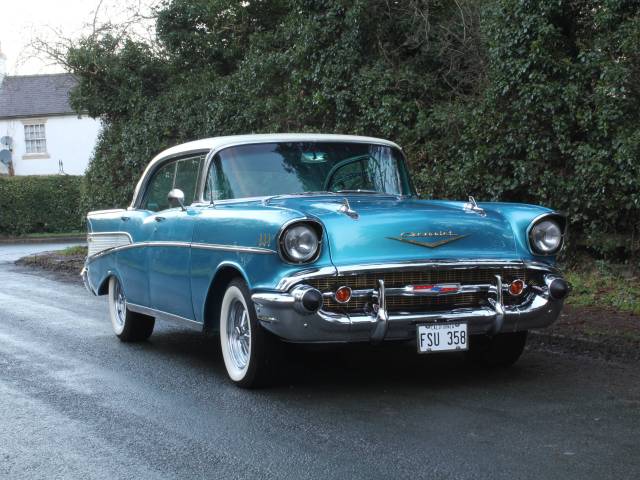
1957 | Chevrolet Bel Air Sedan
1957 Chevrolet Bel Air
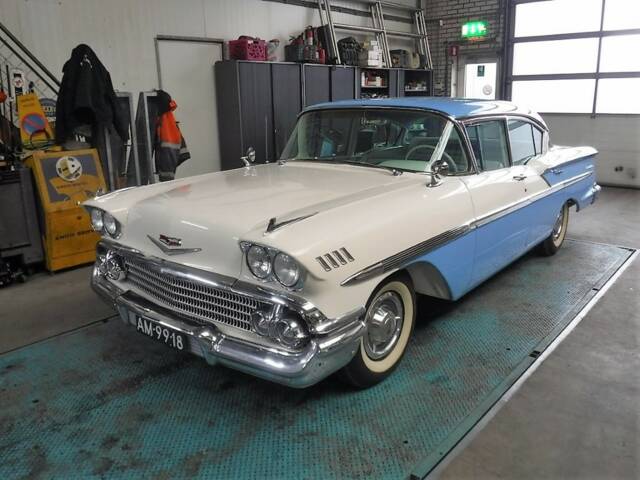
1958 | Chevrolet Bel Air Sport Sedan
Chevrolet-Bel Air sedan ''58
History of the Chevrolet Bel Air
First introduced in 1950 as a two-door hardtop, the Chevrolet Bel Air initially distinguished itself with a closed-roof convertible look. Over just a few years, the Bel Air name evolved from a body designation to the premium trim across Chevrolet’s full-size offerings. This elevation in status was marked in 1953, when Bel Air became the luxury standard above the 210 and 150 models. With a production run spanning from 1950 to 1981 (the last years reserved for the Canadian market only), the Bel Air’s journey mirrors postwar prosperity and the automotive styling revolution. Early models reflected the American optimism of the era—pronounced tailfins, domed bonnets, and wide grilles combined with lavish use of chrome. Production peaked during the 1950s, especially between 1955–1957, with the 'Tri-Five' Bel Airs remaining the most sought-after by enthusiasts.
Model History and Evolution
The Bel Air’s lineage saw continual refinement. In its earliest years (1950-1952), the name applied exclusively to hardtops, but by 1953 it expanded to sedans, convertibles, wagons, and even the sporty Nomad station wagon. The series evolved through seven distinct generations. Notable changes included the introduction of the V8 in 1955, a major facelift for the second generation, and the gradual shift to more restrained lines and higher comfort in the 1960s. While the Bel Air began as Chevrolet's flagship, the introduction of the Impala in 1958 repositioned it as a mid-spec option. U.S. production ended in 1975, with Canadian-built Bel Airs carrying the torch until 1981.
Highlights and Special Features
The Bel Air was offered in almost every conceivable body style: sedan (two- and four-door), hardtop, convertible, station wagon, and the unique Nomad. Its defining features included sweeping tailfins, extensive chrome, and the distinctive two-tone colour schemes. Interior appointments ranged from durable cloth-vinyl bench seats to luxury details like electric windows and power seats. The car’s mechanicals kept pace, with a choice of inline-six and a variety of V8 engines—some original “Powerpack” V8s gave up to 205 hp, while later performance modifications could push output above 300 hp.
Popular trims included the Bel Air Series 2400C, which dominates listings and demand on the market with a supply share of over 56% and a view share of over 61%. This highlights the 2400C as the preferred choice among enthusiasts shopping for classic Bel Airs.
Technical Data
Special Editions and Collector Models
Key collector versions include the 1957 Bel Air, celebrated for its elaborate tailfins and chrome, as well as rare body styles like the two-door Nomad wagon and convertible. Various special edition colours—such as 'India Ivory/Matador Red' and 'Fiesta Cream/Bermuda Green'—add further exclusivity. In addition, Canadian market Bel Airs, produced until 1981, offer unique trim and specification details absent from U.S. models. A modern tribute came in 2002, when Chevrolet unveiled a concept model referencing the iconic second-generation shape, though it never entered series production.
Weak Spots and Common Issues
The Bel Air reflects its era, lacking modern driver aids such as ABS or traction control. Oil leaks, worn bushings, and tired chrome trim are not uncommon in unrestored or high-mileage cars. Later electrical upgrades (particularly 12V conversions) are typical and, if poorly executed, can cause reliability issues. Rust in lower body panels, especially the floors and sills, should be checked carefully. Parts supply remains solid thanks to high production numbers, while support from specialist workshops and enthusiast clubs eases restoration and ongoing maintenance.
Engine, Performance, Transmission & Handling
In its core configurations (for example, a 1956 V8 model), the Bel Air could reach top speeds of about 162 km/h, with 0–100 km/h acceleration in approximately 12 seconds. Period six-cylinder versions offered smoother—but more sedate—performance, with most buyers upgrading to a V8. Handling reflects its full-size, body-on-frame American origins—soft and comfort-oriented with a pronounced emphasis on straight-line cruising, aided by a rear solid axle with leaf springs. Modern upgrades (front disc brakes, power steering) improve day-to-day usability. Fuel consumption sits around 14-15 l/100km depending on engine and driving style.
Popular trims: the 2400C ('Tri-Five') dominates marketplace interest, but rarities like the two-door Nomad station wagon and original Powerpack V8s are especially desirable among knowledgeable collectors. - Bel Air 2400C (1955–1957): Strong preference among buyers, acclaimed for V8 power and sweeping design.
- Nomad (two-door station wagon): Sought after for its rarity and unique bodywork.
- Convertible and Sports Sedan: Prized for open-top driving and distinctive pillarless side glass.
Interior, Comfort, Exterior and Design
Chevrolet Bel Airs are instantly recognisable for their rich exterior detailing: exuberant fins, heavy chrome bumpers, and signature two-tone paintwork are all hallmarks. The 'Tri-Five' era, in particular, offers a huge palette of factory colour combinations—some cars combine 'India Ivory' with 'Matador Red', others 'Crocus Yellow' and 'Onyx Black'. Interiors prioritise spaciousness, with up to six seats on two wide bench seats and plush materials like vinyl, cloth, and metallic trims. Dashboards are dominated by brightwork and round, deeply hooded instruments.
Optional extras included power windows, electric seats, air conditioning, and even early forms of (electro-)hydraulic roof operation on convertibles. Factory accessories and dealer options—whitewall tyres, fender skirts, and deluxe radios—help define each car’s unique character. Substantial luggage space and clever features like the 'Continental Kit' spare wheel installation provide practical benefits that complement the Bel Air’s style.
Other Noteworthy Features
With its enduring popularity, the Bel Air has enjoyed abundant parts support and a strong presence in the classic car scene—documented cars with original engines, extensive histories, and rare accessories attract the most interest. Its legacy is cemented in media through film and games, and many models are eligible for historic registration in various markets. Enthusiasts benefit from extensive clubs and restoration networks.
Summary
The Chevrolet Bel Air embodies a defining chapter in American automotive history—visually bold, richly specified, and mechanically adaptable. Massive supply and demand for Bel Airs, especially for the mid-1950s 2400C range, underscores its ongoing relevance in the classic car market. With factory support for parts and a strong specialist scene, the Bel Air remains accessible to both new and seasoned collectors looking for genuine period flair combined with robust mechanicals.


